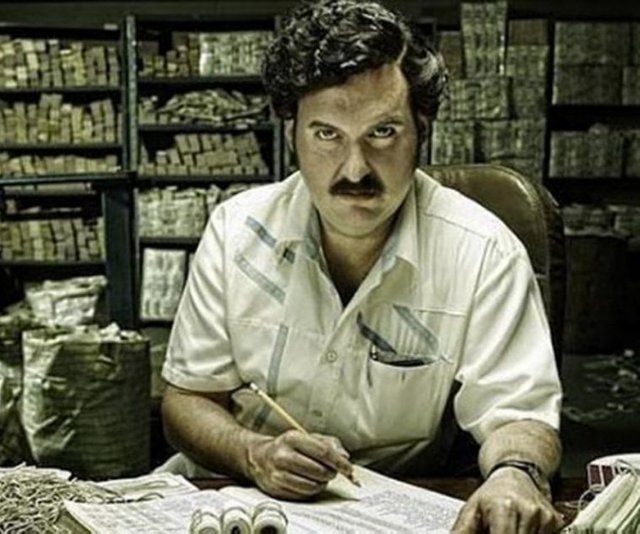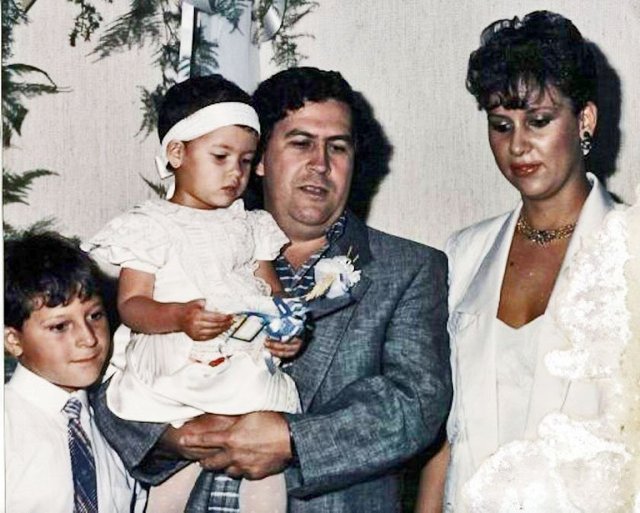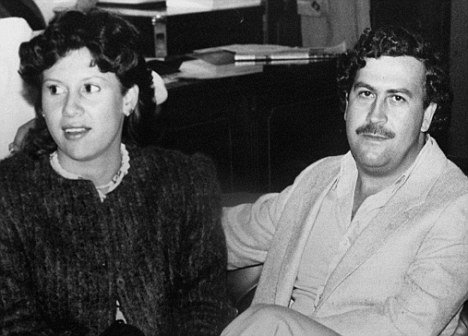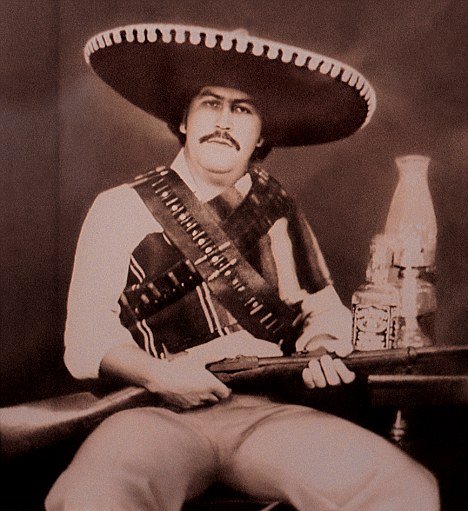The son of the notorious Medellín cartel boss Pablo Escobar claimed his father once torched $2 million in crisp banknotes just to keep his daughter warm.

Life is typically easy when you have wads of cash lying around, especially when you earn hundreds of millions a year as a drug lord. However, Colombian drug lord Pablo Emilio Escobar Gaviria was in a pinch when he and his family were hiding from authorities at a mountain hideout. He realised that his daughter Manuela was suffering from hypothermia, and he did not hesitate to burn the stacks of money worth up to US$2 million to keep her warm.
The ‘King of Cocaine’, who grew up amid immense luxury and narcotrafficking violence, also used the fire to cook.

Pablo Escobar with his wife Maria Victoria, son Juan Pablo, and daughter Manuela Escobar.
ESCOBAR’S CARTEL SUPPLIED 80% OF THE WORLD’S COCAINE AND BROUGHT IN AN ESTIMATED $420 MILLION A WEEK IN REVENUE.
According to the drug lord’s son Juan Pablo Escobar, who moved with his family to Argentina after his father’s death 15 years ago and changed his name to Sebastián Marroquín, stated in an interview with the Colombian magazine Don Juan that the paranoid billionaire purchased his own taxi firm so that he’ll know when outsiders arrived in their native Medellin. His paranoia is evident when he moved his blindfolded family every 48 hours between 15 hideaways he had all over the city so that they could never know their location, which he thought would prove useful should torturers capture his family.
Upon reaching a designated home, his family were instructed to inspect the site in fine detail to see if they recognised the area. If they did, the site would no longer be a hideout and they were immediately relocated, Don Juan reported.
Escobar reached the zenith of his criminal career in 1989 when he was ranked the 7th richest man in the world by Forbes magazine. His estimated wealth was US$3 billion.

Family man: A 1983 photo of Escobar with his wife Victoria Henao, the mother of Escobar’s son Sebastian Marroquín, who changed his name from Juan Pablo Escobar
He was greatly respected by many in his native Medellin, especially by the poor. As a charismatic individual, he was a natural at public relations and worked to create goodwill among the poor people of Colombia. A lifelong sports fan, he was responsible for the construction of football fields and multi-sports courts, as well as sponsoring children’s football teams.
Escobar, head of the infamous Medellin Cartel, was shot dead in December 1993 as he tried to escape police.
After his death and the fragmentation of the Medellin Cartel, the cocaine market was soon taken over by the rival Cali Cartel until the mid-1990s when its leaders, too, were either killed or captured by the Colombian government.

Cocaine baron: Pablo Escobar, dressed as his hero, the outlaw Pancho Villa, in an undated file photo.
The Robin Hood image that he had cultivated continued to have lasting influence in Medellín. Many of the city’s poor that had been aided by him when he was alive, mourned his death. About 25,000 were present for his burial.